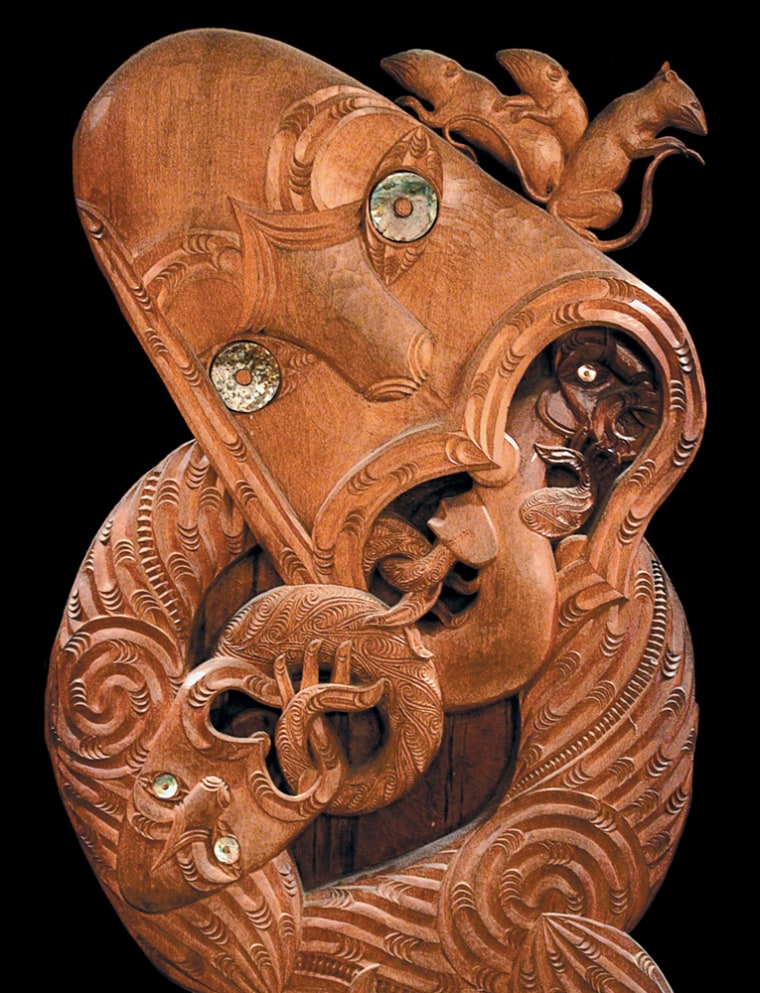Scientists say they have traced the ancient migration patterns of the Polynesian people and their Western Pacific ancestors by analyzing the DNA of the rats that rode along with them.
The initial results, published Monday in the online version of the Proceedings of the National Academy of Sciences, indicate that the Polynesians' origins were more complex than previously thought.
Scientists believe that the seafaring Lapita culture, which appeared in the Western Pacific about 3,500 years ago, is ancestral to Polynesian and many other Pacific cultures. As the Lapita colonists spread throughout the islands of Oceania, they introduced several species of plants and animals — including the Pacific rat, or Rattus exulans, which was often transported as food in the colonizing canoes.
These rats do not swim, and so scientists assume that humans were solely responsible for their dispersal throughout the Pacific.
To trace the pattern of human migration within Oceania, Elizabeth Matisoo-Smith and Judith Robins of the University of Auckland in New Zealand compared mitochondrial DNA sequences of ancient and modern rat populations throughout the Pacific and Island Southeast Asia. Mitochondrial DNA is inherited through the maternal line and changes little from generation to generation. For that reason, scientists analyze the sequences to determine how populations have changed and migrated over thousands of years.
The DNA analysis led the researchers to identify three geographically distinct populations of rats — linked to three groups of Pacific island settlers.
Matisoo-Smith and Robins reported that their results were inconsistent with "Fast Train" models of Lapita migration, which emphasize rapid dispersal from Southeast Asia to Polynesia, with little or no contact with indigenous people along the way. Rather, they said the results suggested a slower and more complex migration scenario, involving significant interactions among populations.
The authors noted that integrating these results with data from archaeology, comparative linguistics and molecular biology of human populations would further illuminate the complex prehistory of the Western Pacific region.
This report is based on information from the Proceedings of the National Academy of Sciences.
